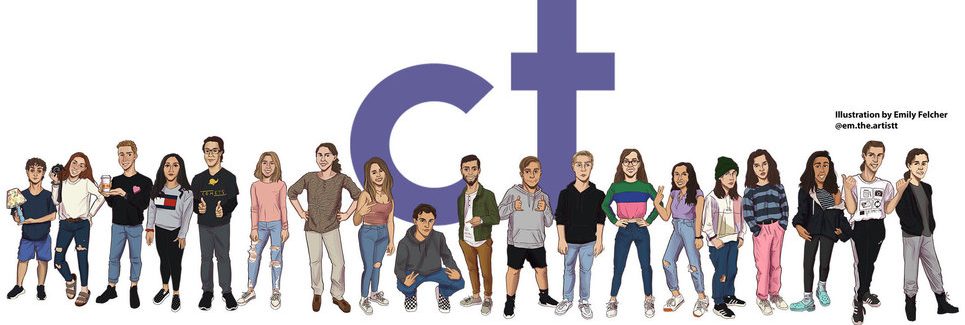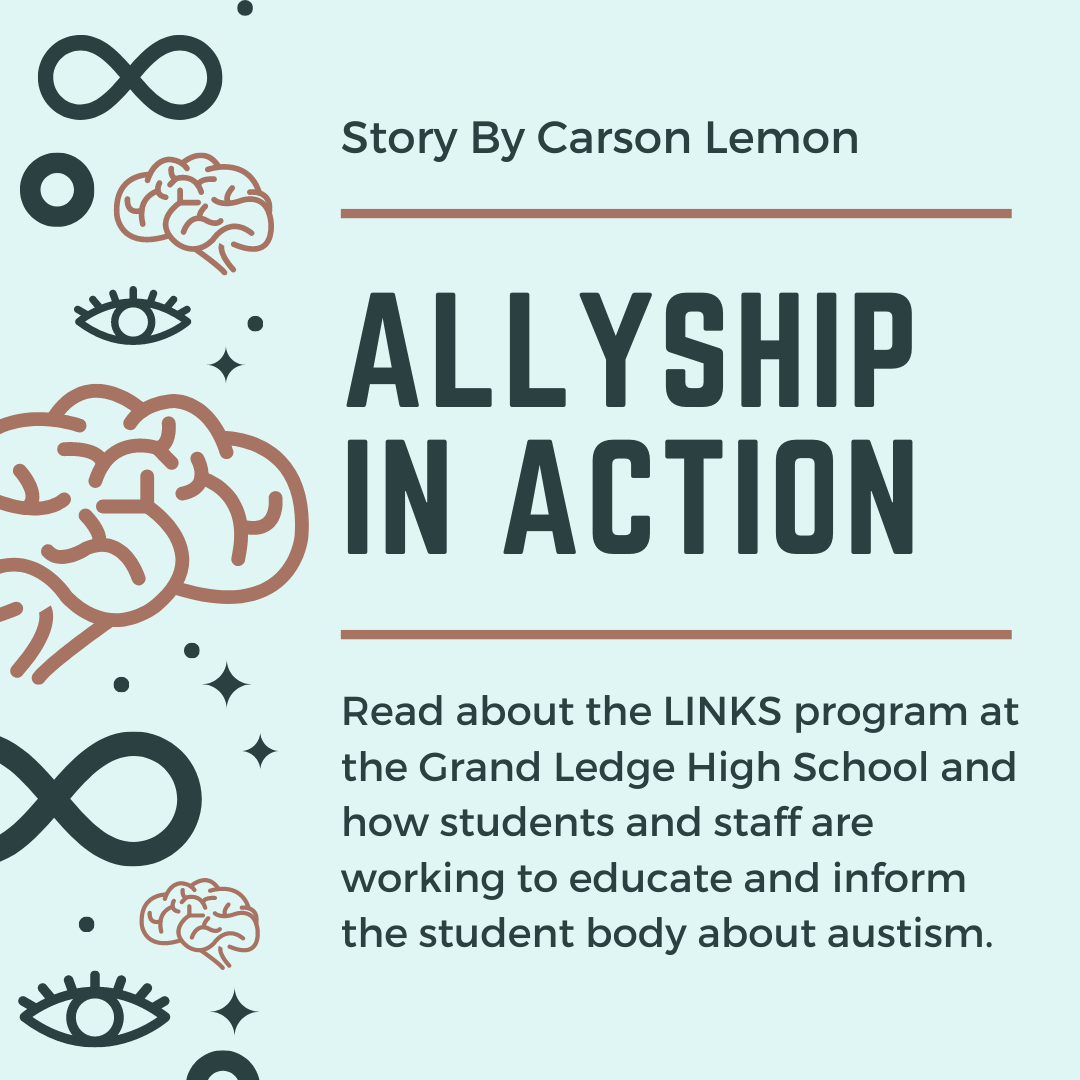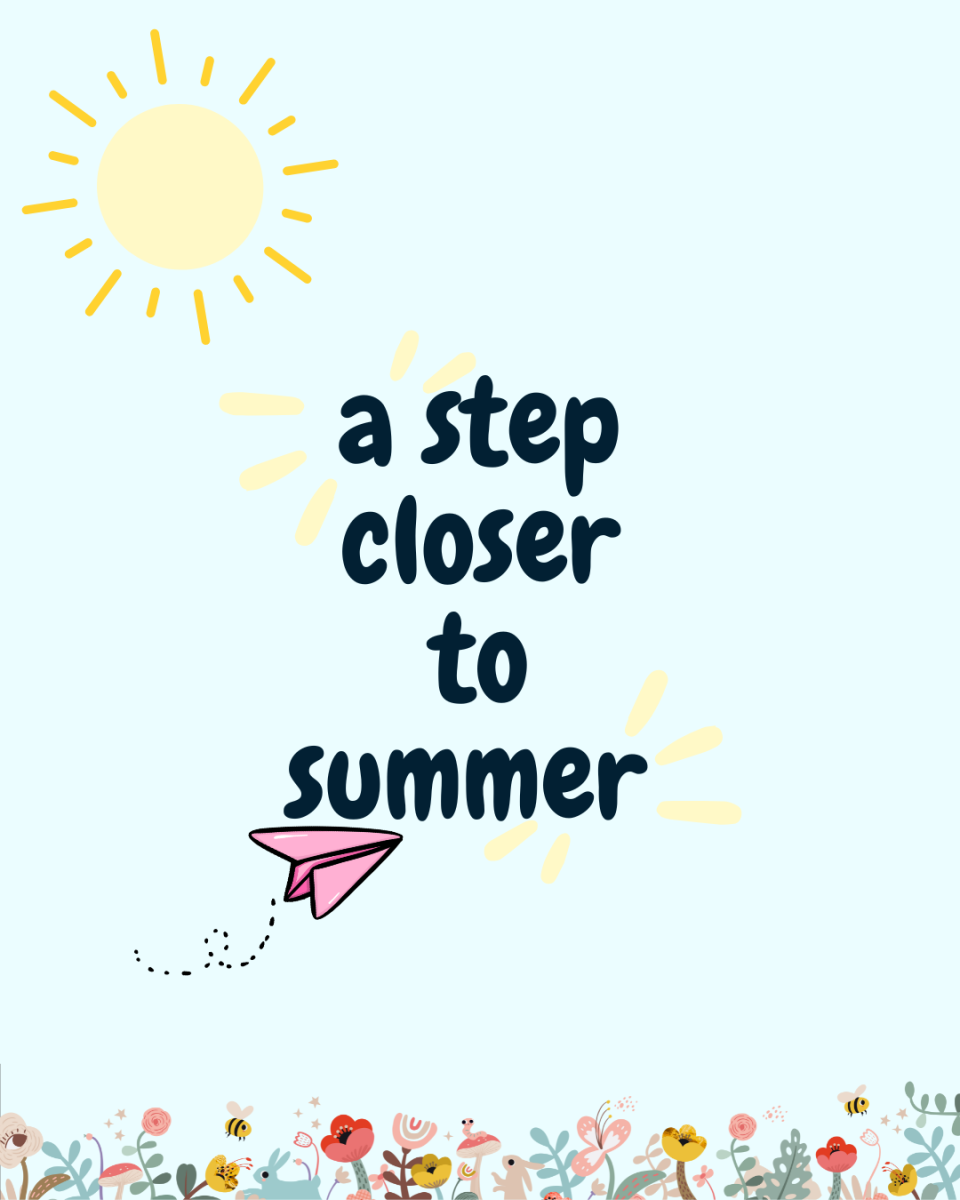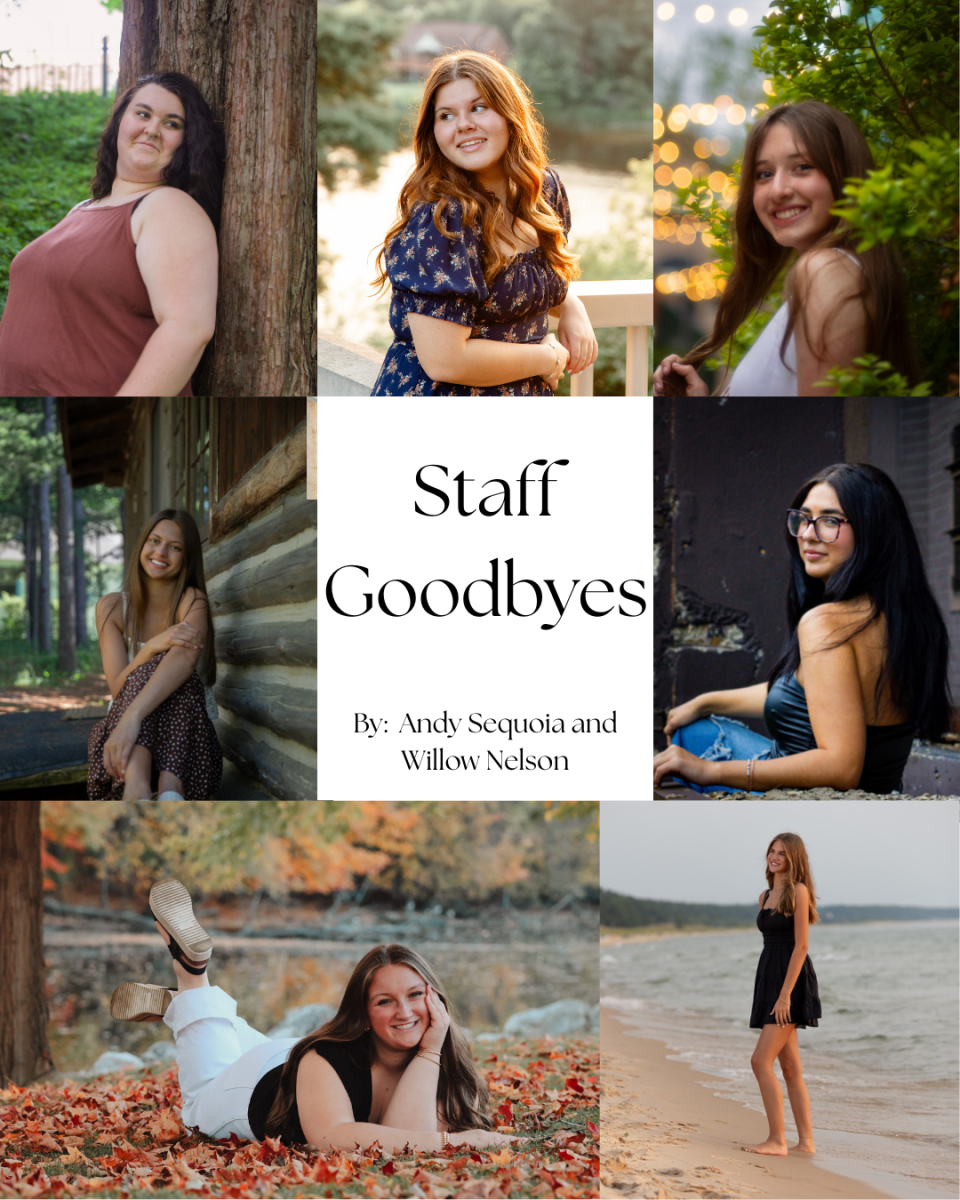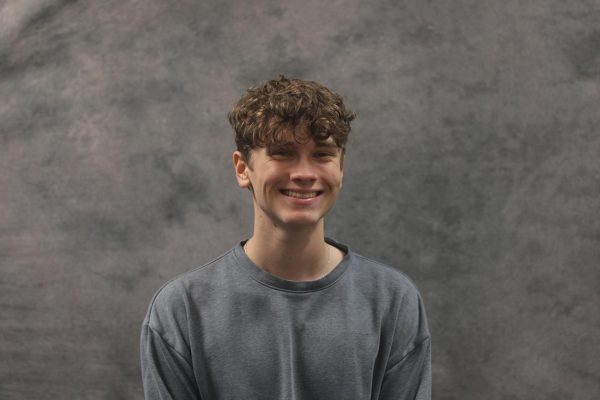When diversity is referenced at the Grand Ledge High School (GLHS), usually it is directed towards students or staff of color. However, other types of diversity often overlooked at the high school tend to be towards students with neurodivergent thinking, often referred to as “friends” by those in the LINKS program at GLHS.
The LINKS program, also known as Peer to Peer, is a class where for one period a day, students go to class with a student with autism. A student in the class, called a LINK, will typically attend two to three lessons a week, ranging from emphasis on inclusion to understanding how autistic minds work. A student in LINKS will stay with a particular friend for the entirety of a trimester, learning about them and fostering a new friendship too.
Gwen Manning, a Senior at GLHS has been a part of LINKS for three years. When asked about her experience in the class and how it has impacted her, she spoke about how she has formed relationships with many different students.
“ [I] learned about other people’s personalities and perspectives through the relationships I’ve made with them.” Manning said. “I think I had a limited exposure to the Special Ed classes and special ed students my freshmen year so it was really nice to be with a variety of different and new people and I think that I’ve been more confident and I’ve grown in communication from taking this class”
Other students at GLHS have also noted how much the class has impacted them. Emily Stone, a Senior at the high school said, “I’ve learned a lot about inclusion and accepting everyone. Everyone has their own accommodations and needs and you learn how to change and adapt to that.”
Stone also noted how she has learned about people on the spectrum through LINKS, “It didn’t change the way I view people with autism, but it made me more understanding of them, and it helped me to care more.”
The LINKS program at Grand Ledge is run by Crystal Quintanilla-Howard, a GLHS teacher with a background in Special Education. Quintanilla-Howard uses a curriculum program called S.T.A.R.T. ran through Grand Valley State University, which she uses on a weekly basis to help educate her students on topics that affect neurodivergent people.
“There are some students who come in [to the class] with prior knowledge because they might have a family member who has a disability or may be on the spectrum, but oftentimes it’s the students that don’t know anything about Special Education or neurodivergent kids that are my favorite because they have these light bulb moments where they’re like, ‘oh they’re just like me, we’re all the same, we’re all teenagers here trying to have the same experience,’ ” Quintanilla-Howard stated.
Many LINKS can recall an example of when another student at the high school made fun of, or mocked a student with autism, and many students not in LINKS have also experienced similar situations.
In instances of conflict, Quintanilla-Howard offered some advice, “I think it’s important, that modeling, showing those peers… what it looks like to be inclusive and how to interact with people. I don’t think you should ever be afraid to speak up, maybe if you don’t want to say something to those students, still make sure to let an adult know.”
